Bacon refers to processed meat processed by salting and then baked (or under sunlight). Bacon has strong antiseptic ability, prolongs storage time and adds special flavor, which is the main difference from bacon. Bacon is not made in the wax month, but for bacon, the wax of the wax month and bacon is not the same word in ancient Chinese, that is, the wax of the wax month is the traditional wax, and the wax of bacon is the simplified word for the wax of the wax month. Therefore, the reason why bacon is called bacon, and why people now read l_and not x, in addition to simplifying the reasons for the two words no difference, may be really with bacon is generally made in the Lunar New Year's Eve meal for the purpose of.
Bacon is a kind of Chinese cured meat, mainly popular in Sichuan, Hunan and Guangdong areas, but also produced in other parts of the South, because it is usually cured in the lunar calendar month, so called "bacon".
Form
Smoked bacon, uniform surface and inside, cooked and sliced, transparent and shiny, bright color, red yellow, taste mellow, fat not greasy, thin teeth, not only unique flavor, but also with appetizing, cold, digestive and other functions. Hubei bacon has maintained the characteristics of good color, fragrance, taste and shape, known as "a cooked meat Baijiaxiang" praise.
Characteristic
Bacon from fresh meat processing, production to storage, meat quality unchanged, long-term maintenance of fragrance, there are long-standing characteristics of good. Because the meat is smoked by cypress branches, mosquitoes and flies do not crawl in summer, but do not deteriorate after three volts, becoming a unique local flavor food.
Bacon is produced in North and South China, with more salted pork in the South and salted beef in the north. The variety of bacon is varied, and the same variety has its own characteristics because of its different origins and processing methods.
Pork, mutton, its viscera, chicken, duck and fish can be classified as raw materials; Guangdong, Hunan, Yunnan and Sichuan can be classified as their origins; and many varieties can be found according to the different parts of raw materials. The famous varieties include Cantonese bacon, Hunan bacon and Sichuan bacon.
The Cantonese style bacon is famous for its braids. It is made of pig * s rib meat as raw material. It has the characteristics of strict selection, fine production, golden color, regular shape, fragrant and mellow taste, and pleasant smell.
Hunan bacon, also known as Sanxiang bacon, is made of six kinds of processes, namely, thin, tender meat and suitable weight * Ningxiang pig. It is processed by cutting, making auxiliary materials, pickling, salt washing, drying and fumigating. It is characterized by reddish yellow color, fat like wax, muscular brown red, salty and palatable, strong aroma, and not greasy food.
Sichuan bacon is made by cutting the meat into 5 cm wide strips and then pickling, washing, drying, baking. The finished product has the characteristics of red as fire, rich aroma, delicious taste and rich nutrition.
In addition, Henan butterfly wax pig head, Hubei wax pig head, wax chicken, wax fish, wax duck, Guangxi wax pig liver, Shaanxi wax lamb, wax donkey meat, Shanxi Changzhi wax donkey meat, Gansu wax beef and so on.
1. The bacon is rich in phosphorus, potassium and sodium, and also contains fat, protein, carbohydrates and other elements.
2. The bacon is made of fresh skinned and floral meat, which is divided into pieces and salted with salt and a small amount of sodium nitrite or sodium nitrate, black pepper, clove, fragrant leaves, fennel and other spices, and then dried or smoked. It has the effect of appetizing, dispelling cold and digesting food.
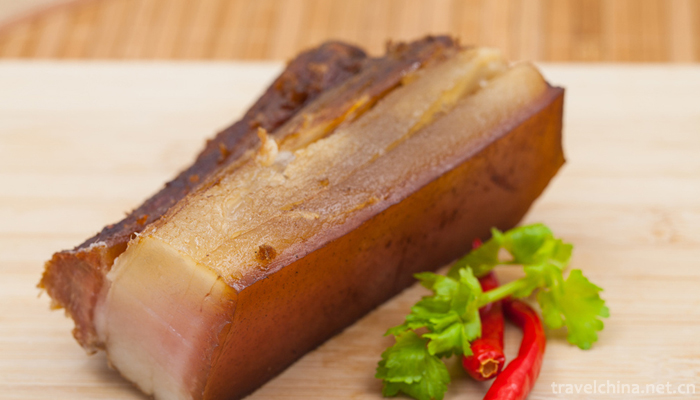
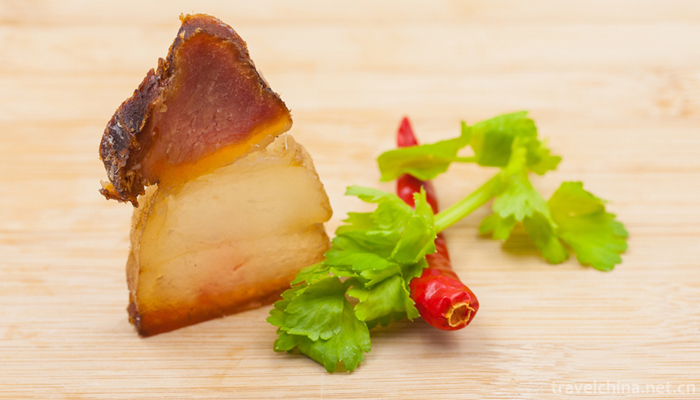
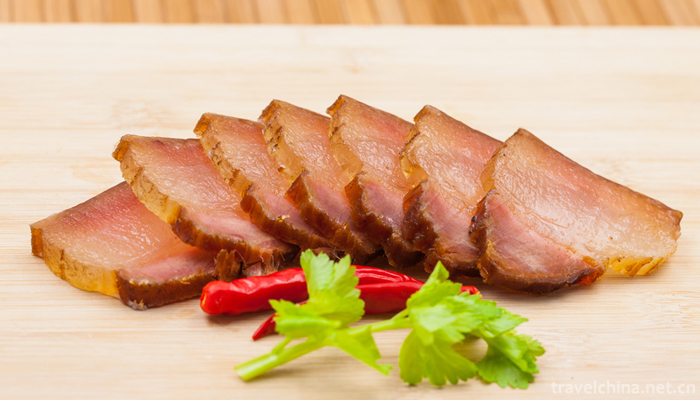
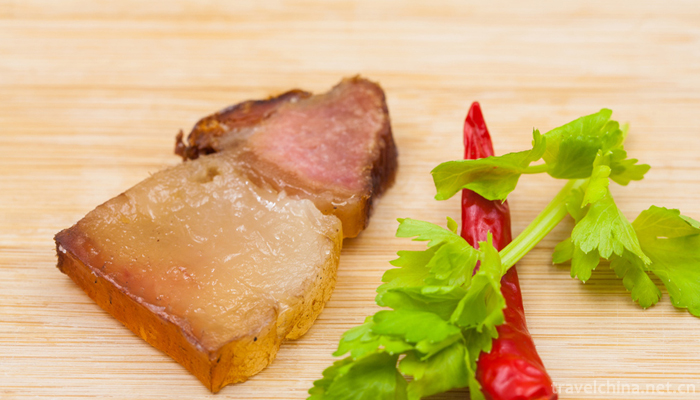
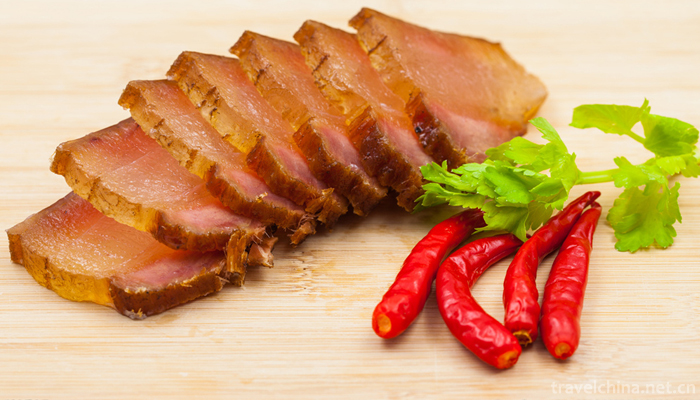
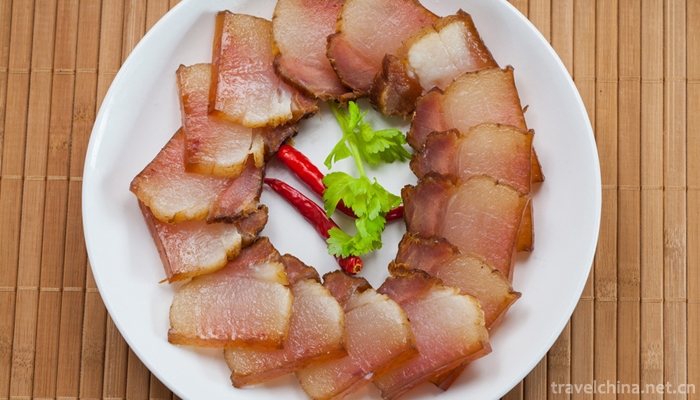
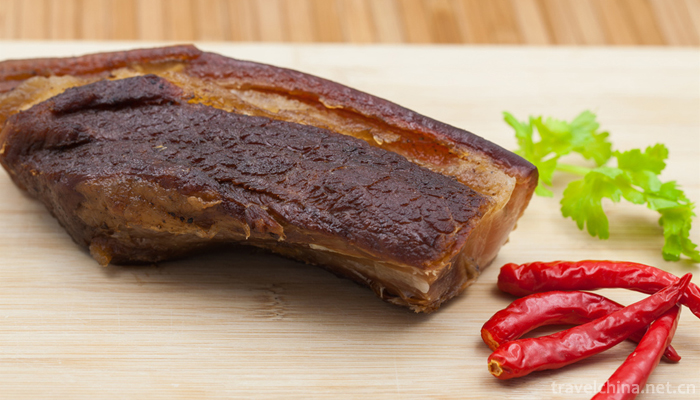

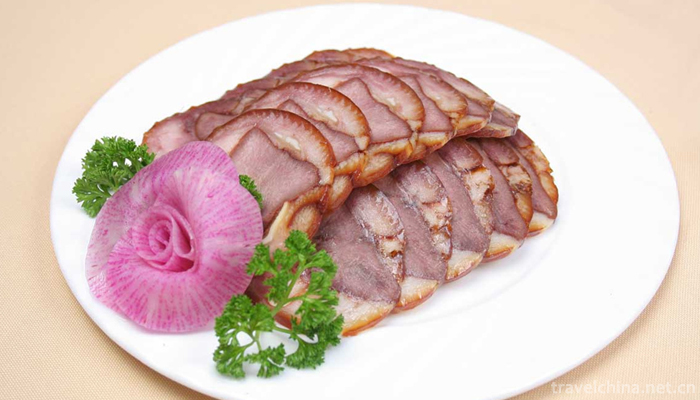
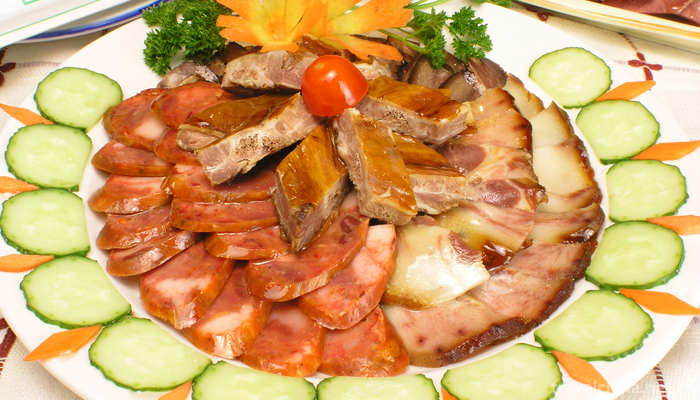
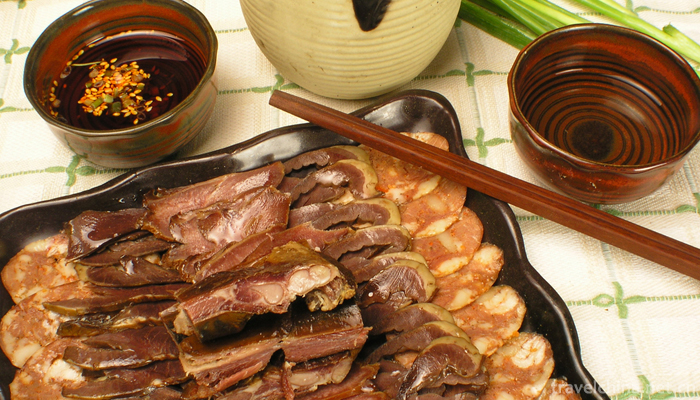
0 Questions
Ask a Question
Your email address will not be published.